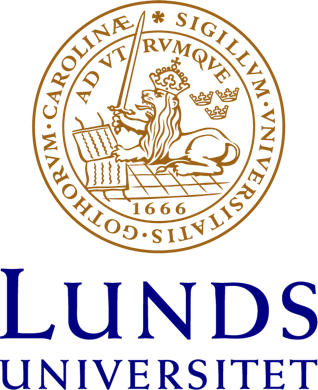The European Frontier : Clashes and Compromises in the Middle Ages
During the Middle Ages the concepts of `them and us' became concrete in the shape of fiercely defended frontiers, some of which were physical, geographic and political, while others were more ideological. This volume, the proceedings of an international symposium held at Lund University in 2000, presents twenty-four papers which examine the archaeological evidence for frontiers across Europe. Divi
